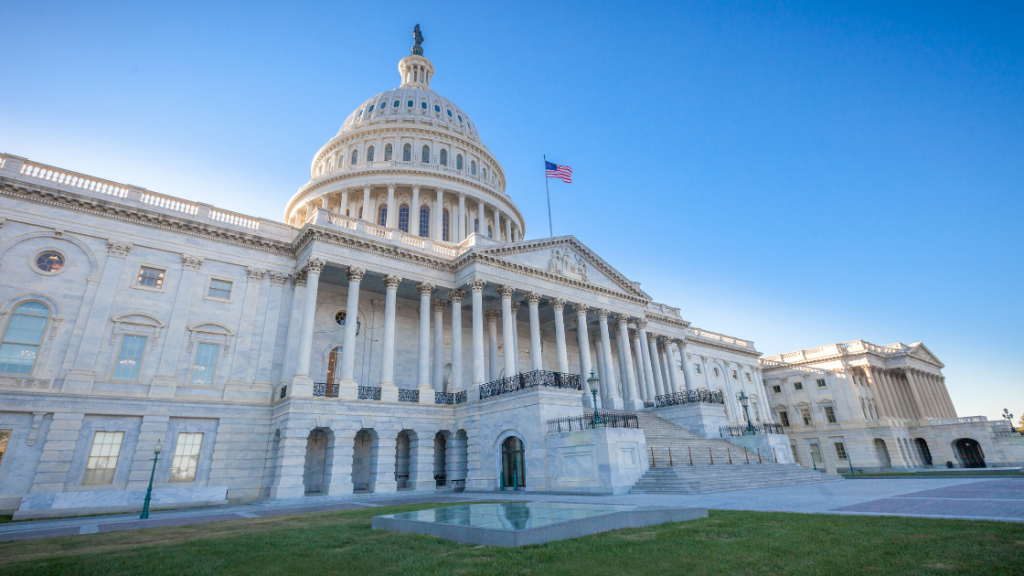Editor’s note: This is good news.
Trump’s leadership potentially sets the stage for a vigorous congressional debate over continued U.S. membership in the trade body.
[Doug Palmer | June 23, 2020 | Politico]
Critical context: A provision in the 1994 Uruguay Round Agreement Act, which approved U.S membership in the WTO, allows Congress to vote every five years on whether to stay in.
Withdrawal would only happen if both the House and the Senate approve a resolution and President Donald Trump signed it into law.
U.S. lawmakers have not voted on WTO membership since 2005, when the House defeated a withdrawal resolution 86-338. Five years earlier, a similar resolution failed by a 56-363 vote. The Senate has never voted on withdrawal.
The Republican Party has grown more suspicious of trade under Trump’s leadership, potentially setting the stage for a vigorous congressional debate over continued U.S. membership.
U.S. Trade Representative Robert Lighthizer last week called the WTO “a mess” and said it had failed both the United States and the international trading system. He also said its current rules were inadequate to control the practices of large state-run economies like China. However, he has stopped short of calling for withdrawal from the 25-year-old trade body.
Why a ruling was needed: The 1994 URAA, which ratified the agreements that created the WTO, laid out a procedure for congressional votes on WTO withdrawal.
The process begins with the delivery of a report by the Office of the U.S. Trade Representative to Congress on the pros and cons of staying in the WTO. That starts a 90-day period during which members in both the House and the Senate can offer a withdrawal resolution that is guaranteed a floor vote.
Once a resolution is introduced, the Senate Finance Committee and the House Ways and Means Committee each have 45 days to vote on the matter. If they don’t, the resolution is automatically sent to the floor for a vote.
Hawley introduced his resolution on May 7, which was roughly 47 weekdays after USTR’s Feb. 28 report. That suggested Senate Finance could sit on the report for 45 days without taking action and eat up the remaining time in the 90-day period for consideration, thereby frustrating Hawley’s efforts.
But the parliamentarian ruled that the clock actually started ticking on March 5. That means the 90 days would expire sometime around July 9, when the Senate is in recess, Hawley’s office said.
As a result, Hawley would be entitled to a vote on a motion to proceed to his resolution on the first day when the Senate is back from its recess, the parliamentarian ruled. If that motion succeeds, then the Senate would vote on the actual resolution, subject to certain expedited procedures, the parliamentarian said.
DeFazio introduced their resolution on May 12 and has been told by the House parliamentarian that was early enough in the 90-day window to get a floor vote, even if House Ways and Means continues to sit on the measure without taking action, DeFazio’s spokesperson said.
What’s next: It’s possible that Senate proponents of remaining in the WTO could defeat Hawley’s motion to proceed to a vote on his resolution, but that in itself would be an indication of where each senator stands on WTO membership.
Read the original article here.













